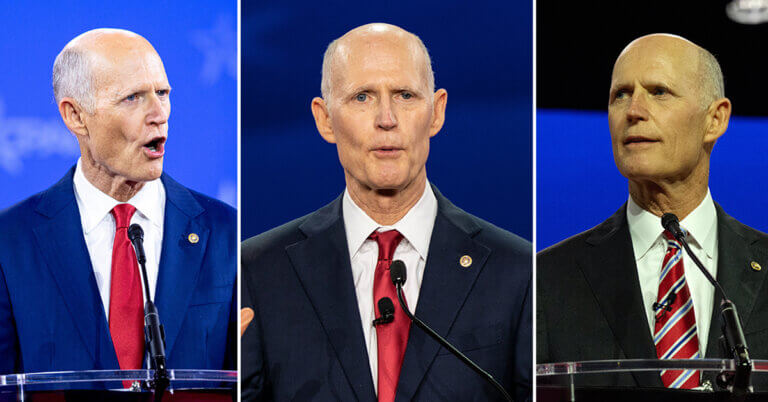April 20, 2022

The Pandemic Has Been Very Very Good to Rural Hospitals
I’m not much for government bailouts of businesses. Businesses fail for reasons I don’t want to reward with my tax dollars. If a business is too big or too important to fail through no fault of its own, I’m cool with a temporary bailout to keep it running until things turn around and it pays back every cent to the U.S. Treasury.
With that bias on the table, let me tell you about some interesting rural hospital stats from MedPAC’s March report to Congress, which you can download here. It’s the annual report that keeps on giving if you’re looking for reality checks on well-worn rhetoric from incumbent healthcare industry sectors.
Here are a few things from the 2022 report that may surprise you if you’re under the impression that rural hospitals are dropping like flies on an unopened cabin windowsill in the spring.
Rural hospitals’ profit margin in 2020 was the highest in at least 20 years, the report said. Rurals’ all-payer total profit margin was 6.6% in 2020, up from 5.9% in 2019. The all-payer total profit margin includes revenue from all payers, not just Medicare.
Critical access hospitals’ all-payer total profit margin in 2020 was an all-time record, MedPAC said, reaching 6.4 percent in 2020 from 3.6% in 2019.
What accounted for the near-record and record profit margins? Federal COVID financial relief funds. Absent that bailout, the margins would have been 2.6% and 2.1% for rurals and CAHs, respectively, according to MedPAC.
The high profits in 2020 showed up in 2021, when the fewest number of rural hospitals closed in recent memory. Only four rural hospitals closed in 2021, MedPAC said. That’s down from 12 in 2020 and 19 in 2019.
Overall, only 10 hospitals, including the four rurals, shut their doors in 2021. But with 11 new hospitals opening last year, per MedPAC, there was a net gain of one acute-care hospital in 2021 despite COVID. (That’s a story no one has picked up on yet.) All of the 11 new hospitals had 100 beds or fewer, and 10 were located in urban markets.
“Once the effects of the federal government’s substantial financial support fades, it is unclear whether the rate of closures will remain low or revert to pre-pandemic levels,” MedPAC said.
I’m not a MedPAC commissioner, but it’s pretty clear to me what’s going to happen. Rurals are going to lobby for COVID relief funds to continue to keep them open. If the flow of money continues, profits will be high, and the closure rate will be low. If the flow of money stops, profits will be low, and the closure rate will be high.
MedPAC wasn’t too keen on keeping the money flowing.
“To the extent that the effects of the PHE public health emergency) are temporary changes—even across multiple years—or vary significantly across individual hospitals, they are best addressed through targeted temporary funding policies rather than permanent change to all hospitals’ payment rates in 2023 and future years,” MedPAC recommended.
Rural hospitals close for one reason: they don’t have enough patients to keep them open. As we said in this blog post, “The Simple Reason Why Rural Hospitals Close,” on 4sighthealth.com.
I’m not too keen on keeping them open with my tax dollars if they don’t have any customers.
Thanks for reading.





